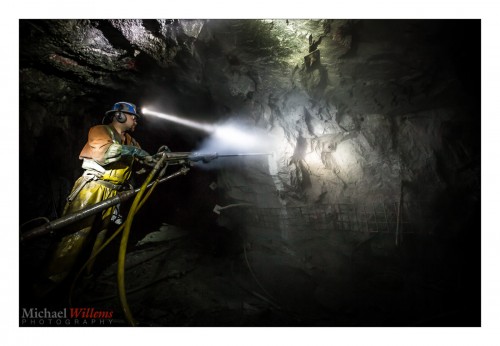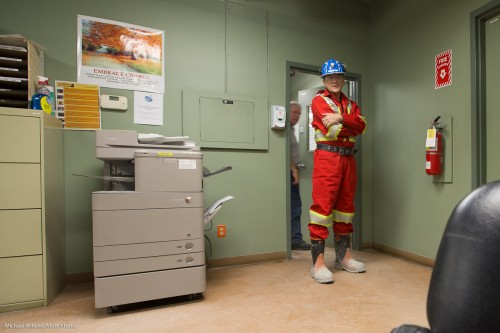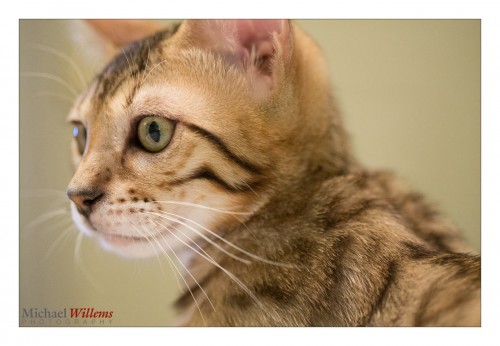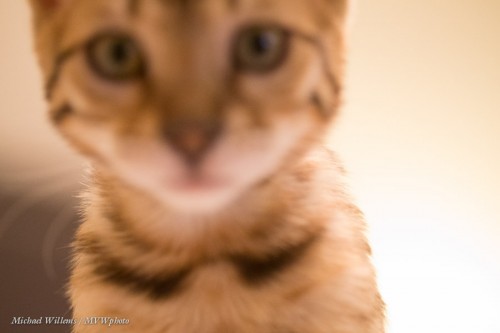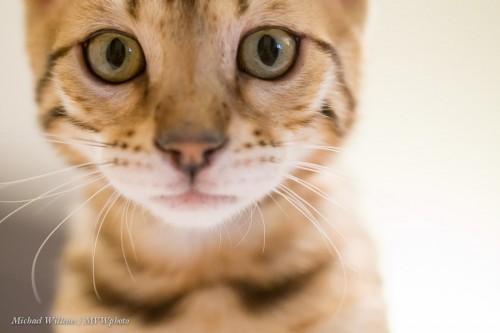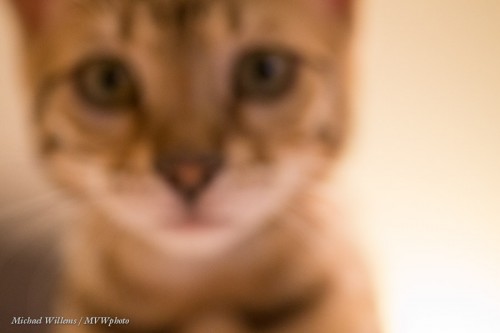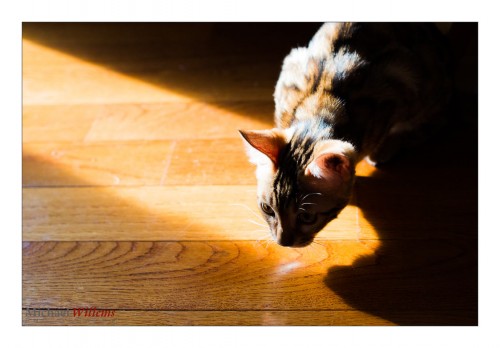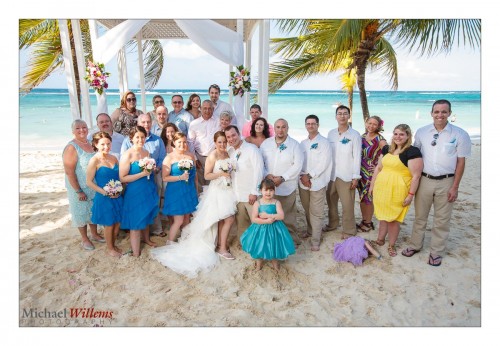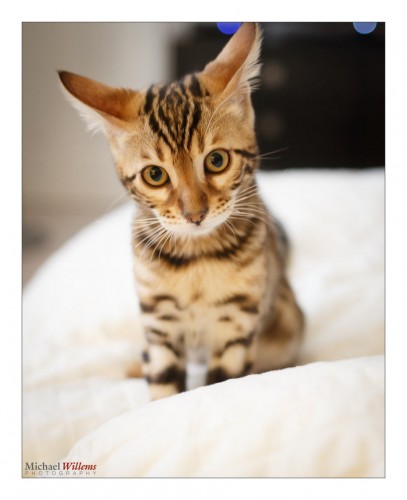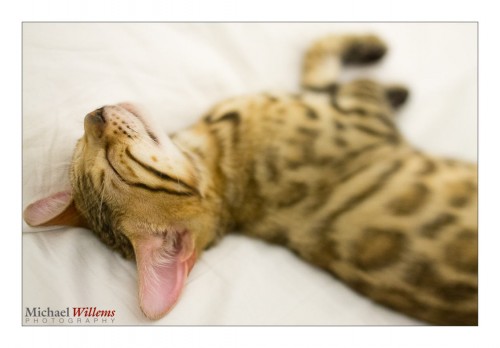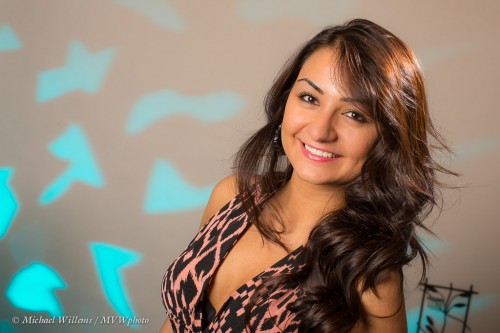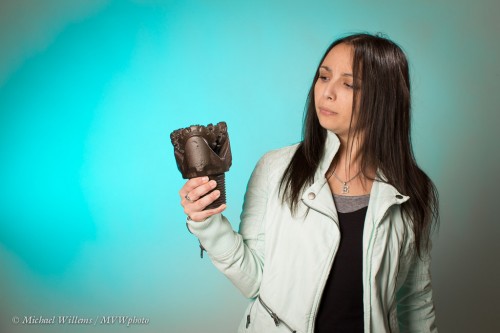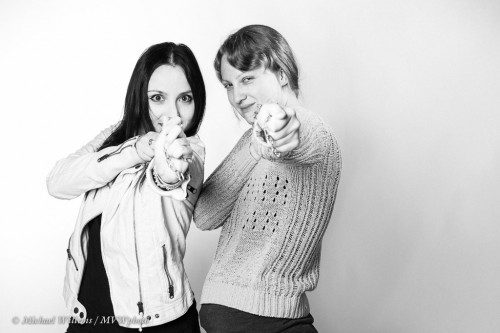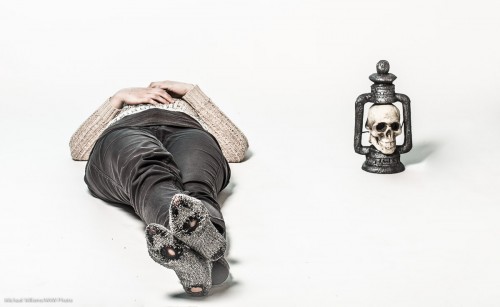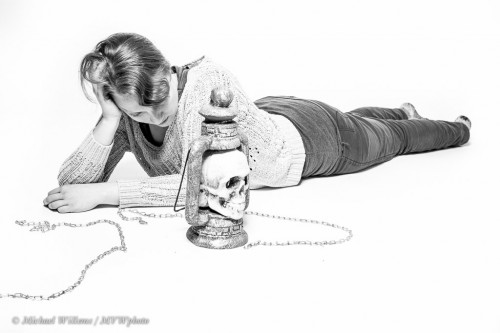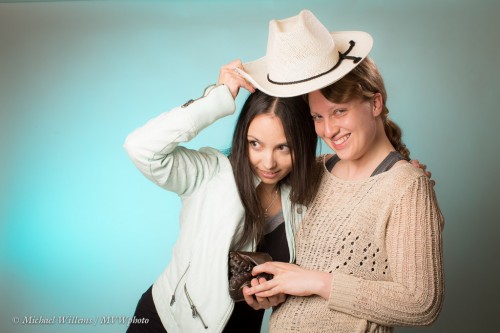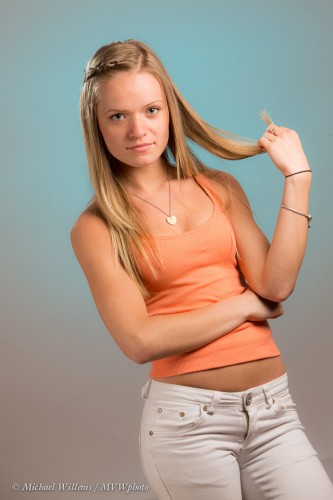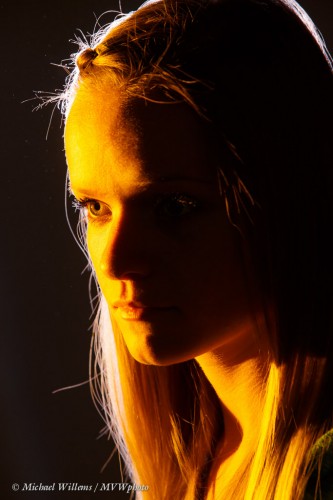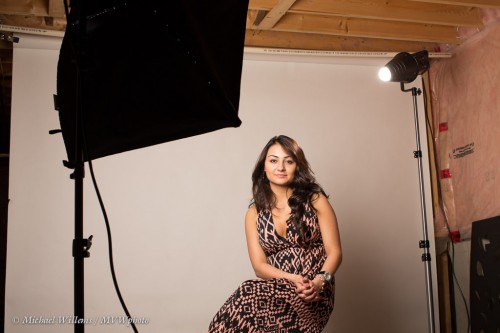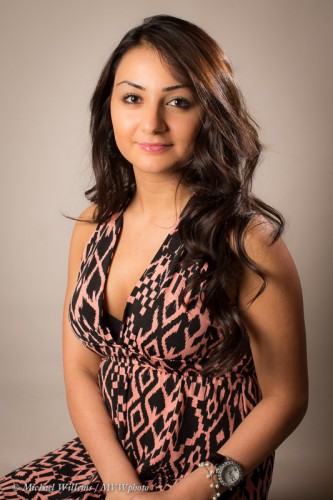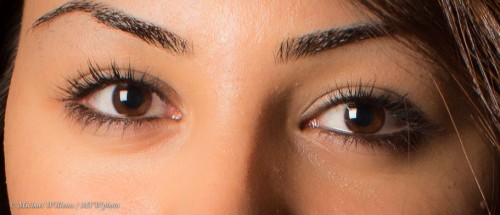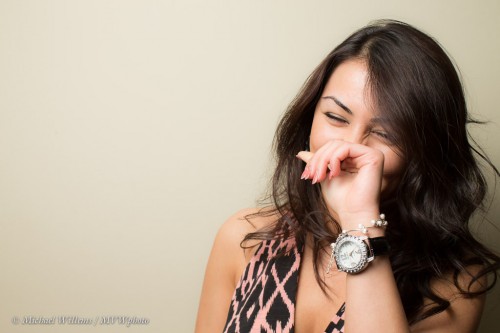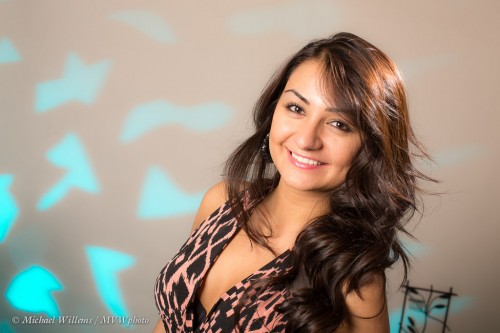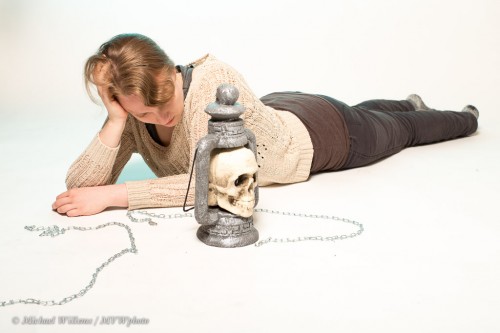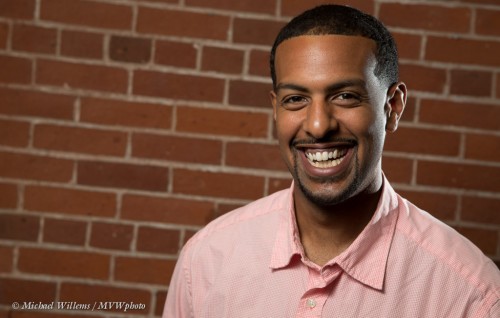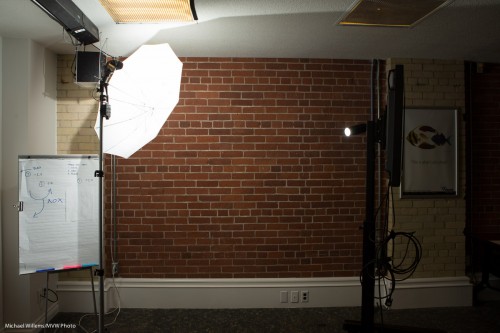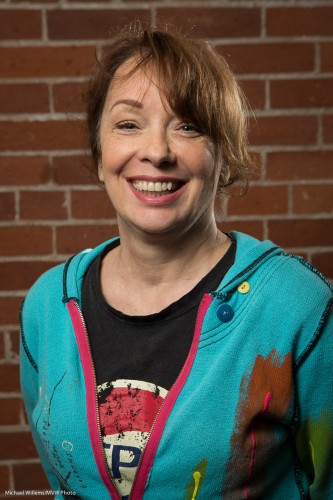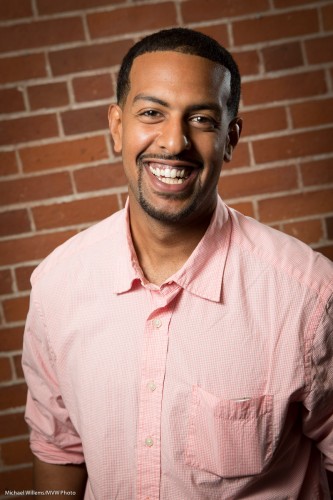….is where I am about to teach the Porcupine Camera Club more flash technique today.
And today, I went 1.2 km underground, at a Timmins goldmine, to make pictures like this:
What did I learn, other than “things get dirty”, and “I like mines and miners”?
It’s tough light. And the boots are heavy and overalls cumbersome, but I knew that too.
- I learned that my main obstacle was the hard hat, and the safety glasses. The hard hat stopped me from being able to move the camera up to my face. And the glasses made it impossible for me to easily move my reading glasses into and out of place. I had to improvise.
- I also learned that my helmet light was very useful both in lighting up subjects to focus, and in lighting them up for the photo.
- I refrained from using my Pocketwizards where there were explosives being installed; radiating under 5W they were safe, I was told, but I thought I had better not take risks! So I used remote TTL for that part.
- The first 600 metres were humid with fog; below that, the fog lifted.
- I rarely had to go above 1600 ISO.
Great pictures resulted from my day UG (underground)… but I will fill you in on more technique the next few days. After I sleep!

